International Heritage Centre blog
‘Inside affairs’: cataloguing the Henry Edmonds papers
‘Inside affairs’: cataloguing the Henry Edmonds papers
It’s not uncommon for archives and record offices to have quite extensive cataloguing backlogs and although we have made enormous progress in cataloguing our collections over the last decade or so, we do still have some way to go before everything that has been given to us over the years is fully catalogued. So it was that I recently came to be cataloguing a box of personal papers that had been given to The Salvation Army as far back as 1934 and was still waiting to be properly sorted and described.
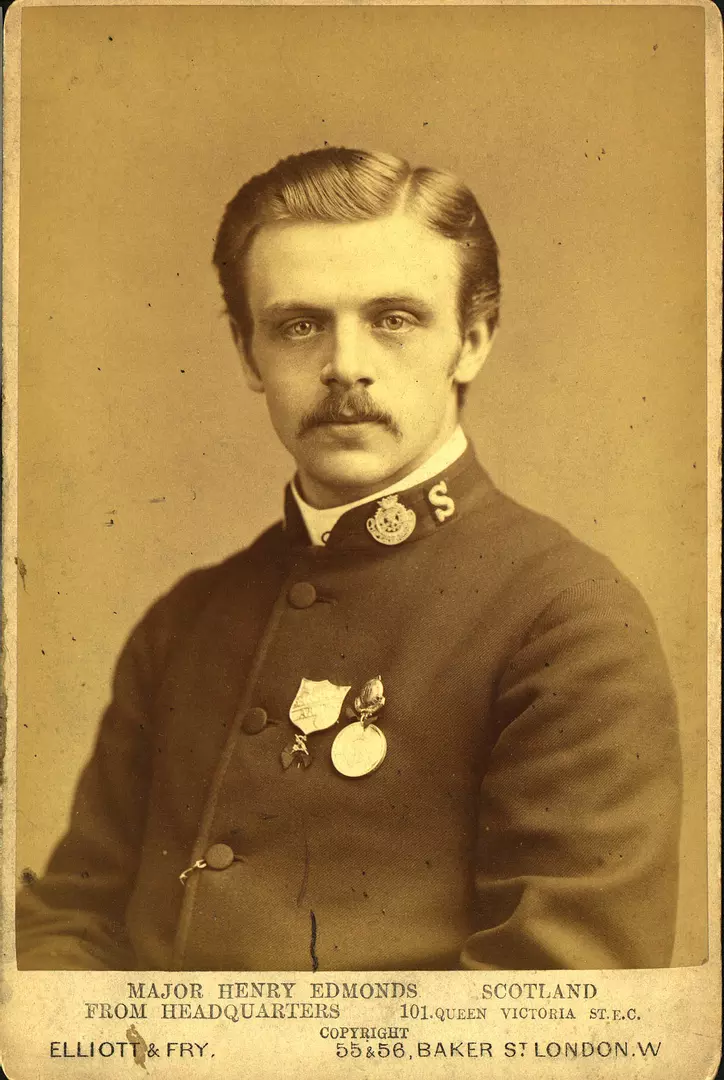
These were the papers of a man called Henry Edmonds (1861-1940) who first encountered The Salvation Army’s predecessor, the Christian Mission, as a teenager in Portsmouth. He heard Catherine Booth preach there in 1876 and was so inspired by her account of the Mission’s work that he began attending meetings and assisting with the Mission’s open-air services in the slums. That same year, he was introduced to William Booth as a promising young worker and Booth invited him to join the growing Mission’s small headquarters staff in London, an invitation he gladly accepted.
After a short spell of office work, Edmonds became an evangelist for the Mission and subsequently an officer when the Mission was transformed into The Salvation Army in 1878. His first appointments were in Soho and Poplar in London before he began to be sent further afield to open new stations in Sheffield, the Midlands and Salisbury. This led to him being asked to serve as Aide-de-Camp to General William Booth. He was the first person to hold this post from 1878-1881. At this time, being Aide-de-Camp involved travelling the country ‘searching out the land’ and making arrangements for the opening of Salvation Army work in new areas, and notably Edmonds was tasked with laying the groundwork for the introduction of The Salvation Army to the north of Ireland in 1880

However, it was 1881 that saw Edmonds receive what was probably the defining appointment of his Salvation Army career and one he would hold for most of the following decade. In August 1881, with the rank of Colonel, he was appointed to take charge of The Salvation Army’s incipient work in Scotland. With only a year’s interruption in 1884 when he served as The Salvation Army’s Chancellor of the Exchequer, Edmonds led The Salvation Army in Scotland until a breakdown in health forced him to step down in late 1888. He would never return to full-time Salvation Army work but maintained a life-long interest in the organisation and kept up many of the friendships he had made as an officer.
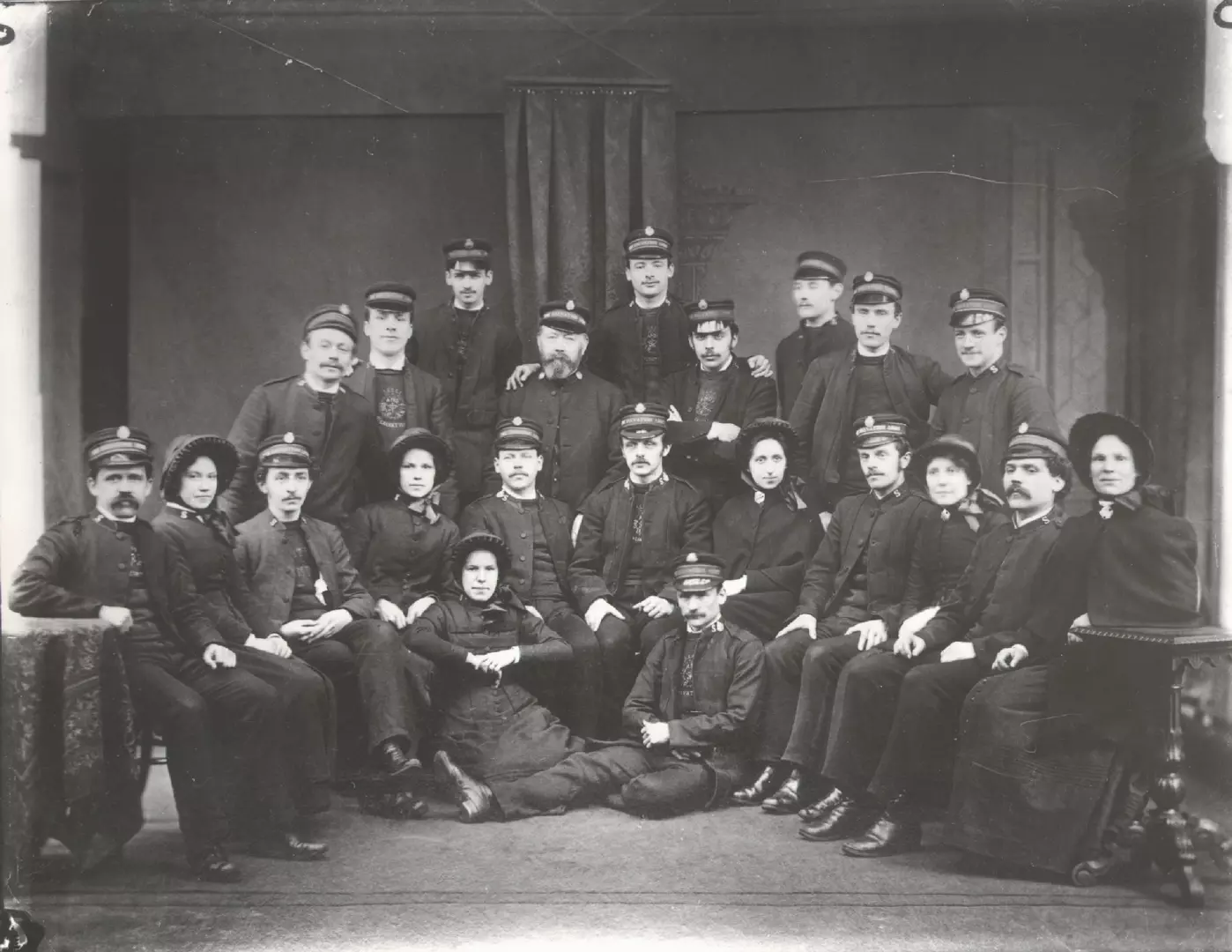
The papers we hold consist of a typescript copy of his memoirs which he wrote for the interest of his family and friends, some accompanying photographs, and a series of cuttings from his personal wet copy letter books which he kept as a record of his outgoing correspondence while he was in command of The Salvation Army in Scotland between 1881 and 1888. Alongside these was a file of correspondence dating from the 1930s which reveals how these documents came to be in the possession of The Salvation Army. In February 1934, Colonel Robert Sandall, who had recently been given the task of compiling the first volume of the official History of The Salvation Army, wrote to Edmonds asking permission to visit him to discuss ‘the “inside” affairs’ of the Christian Mission and the early Salvation Army. So began several years of communication that resulted in the transfer of the memoirs, photographs and letter book cuttings to the International Headquarters Literary Department for safekeeping.
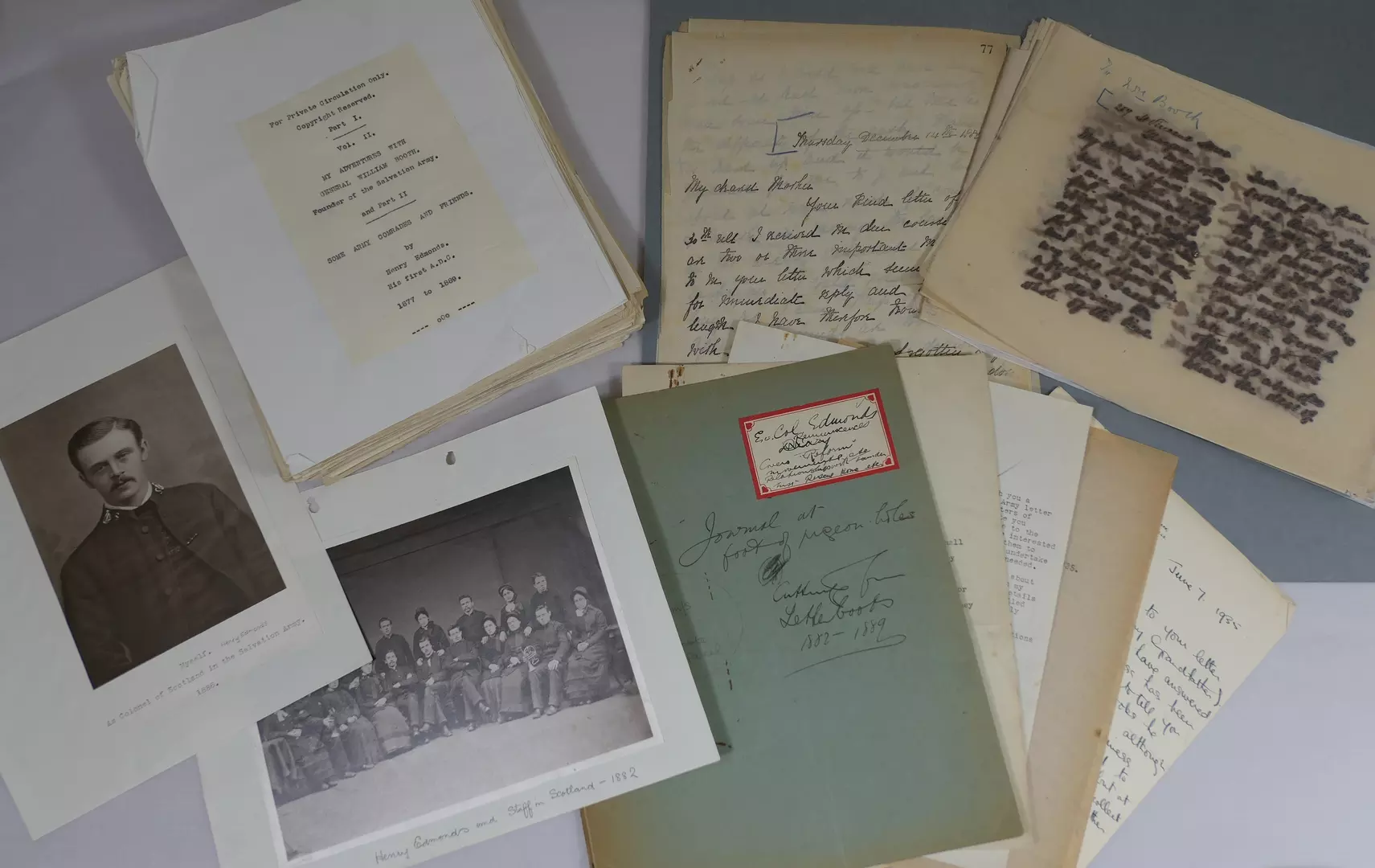
Given both the significance of Edmonds’ appointment during the period covered by the letter books and the few other surviving original sources about The Salvation Army’s progress in Scotland during that first decade, I took the decision to catalogue each letter individually, describing the contents in some detail so that specific events and individuals mentioned will turn up in a free text search of our catalogue. The majority of the letters are from Edmonds to members of the Booth family with the most (over 40) being to Bramwell who at that time was the Chief of Staff. Others are to Bramwell’s parents, William and Catherine, and his brother Herbert who was a close friend of Edmonds. There are also letters to other senior Salvation Army officers as well as to supporters and benefactors of The Salvation Army in Scotland.
Colonel Sandall wrote to Edmonds looking for insight into the ‘inside’ affairs of The Salvation Army and the letters certainly deliver that, although perhaps not always in the ways Sandall might have been expecting. For instance, Edmonds’ letters to Catherine Booth, whom he addresses as ‘dearest Mother’, relate how in 1882 she urged him to look out for a suitable life ‘compartner’ and then later, in 1885, they discuss his love for his future wife, Jennie. Other letters to Bramwell hint that Edmonds played matchmaker for some of his fellow officers too. The letters also reveal the impact of sustained and intensive work in straitened circumstances on Edmonds’ health, as well as the strain put on his personal friendships with the Booth family by the demands of their extraordinary shared vocation.
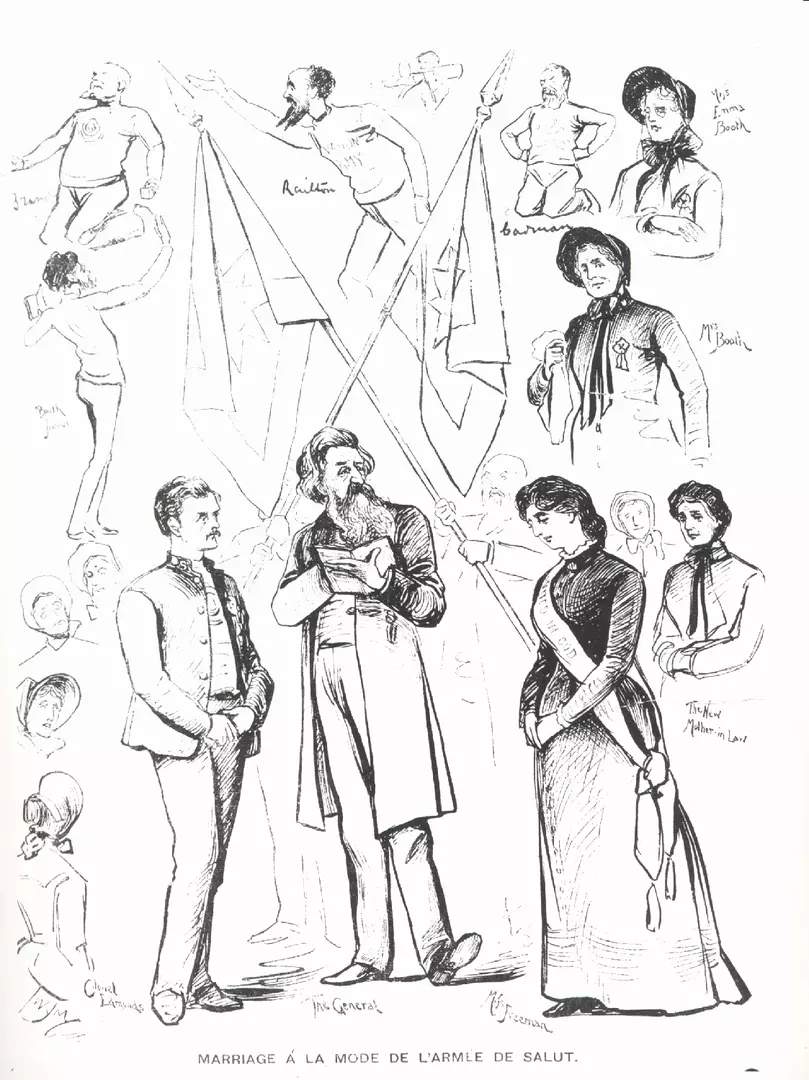
However, there is plenty of more official content in the letters too, and one aspect they are particularly eloquent on is how the early Salvation Army raised funds and developed relationships with benefactors. There are descriptions of special fundraising meetings, records of numerous approaches to people with wealth and influence, and even a proposal for the publication of a book on health to raise money for a home of rest for officers.
However, an intriguing financial quandary arose out of Edmonds’ marriage in 1886 to Miss Jennie Freeman, the daughter of the late businessman Mr Albert Freeman, who had been an important early backer of the Christian Mission. Although Jennie, who was a Ward in Chancery after her father’s death, chose to become a Salvation Army officer as soon as she came of age, public awareness of her family’s wealth apparently became an impediment to fundraising efforts in Scotland. There is also evidence in the letters that the newlywed couple and Jennie’s mother, Mrs Freeman, were regularly asked by headquarters to contribute substantial sums to Salvation Army campaigns. They appear to have assented willingly whenever they could, but the requests often went beyond what they were able to contribute.
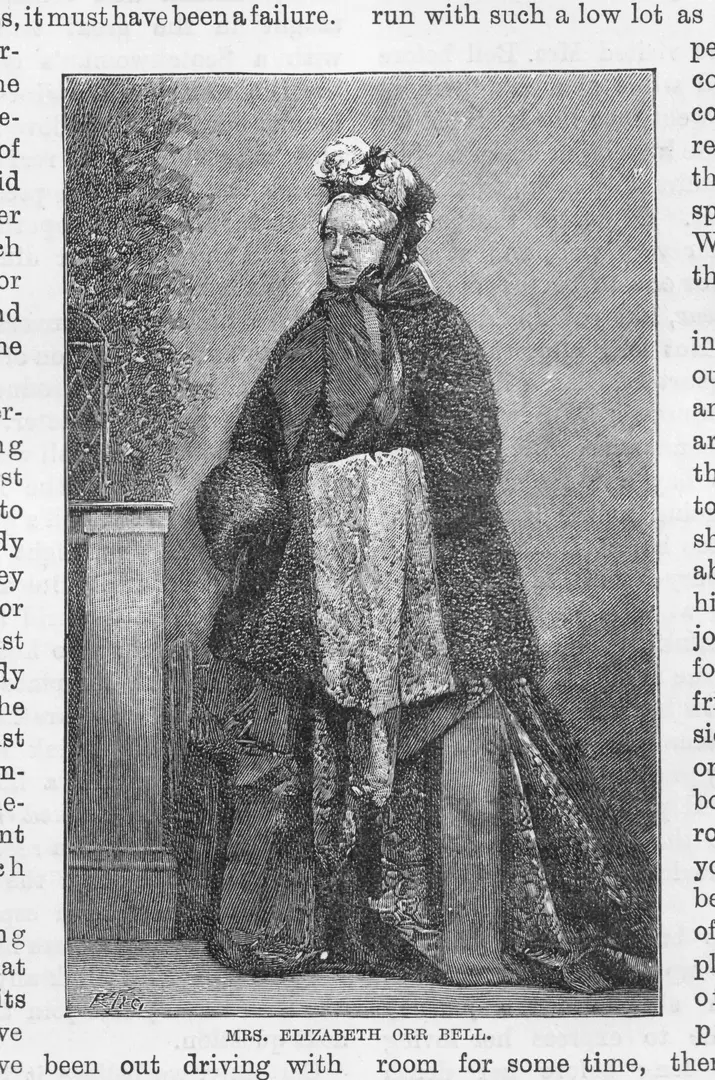
Another prominent benefactor who features in Edmonds’ correspondence as well as in his memoirs is Mrs Elizabeth Orr Bell of Harviestoun Castle, and it just so happened that while I was cataloguing the Edmonds papers, I made another chance discovery among some as yet uncatalogued photographs that I was able to put in context and catalogue thanks in part to the information in Edmonds’ papers. The discovery was a cabinet card showing an architect’s impression of a building I didn’t recognise.
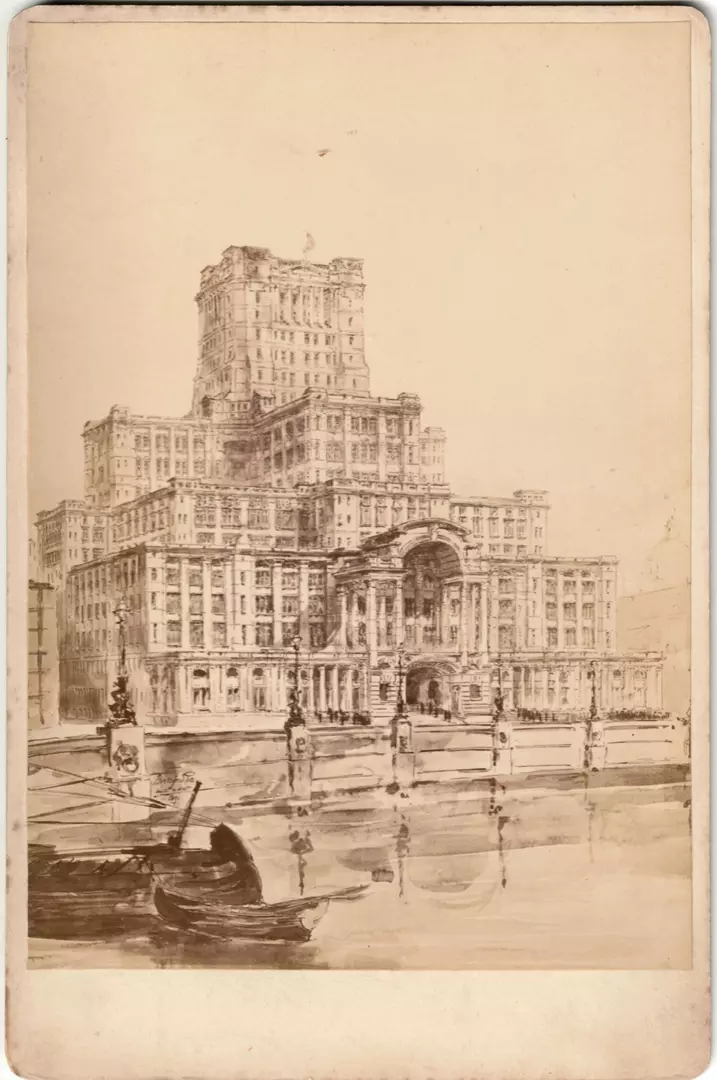
Looking closely, I noticed a signature and a date on the drawing: Beresford Pite, 1891. From Edmonds’ memoirs, I learned that 1891 was the year Mrs Bell died and left a vast legacy to The Salvation Army of between £60 000 and £70 000. With this information, I was able to track down some articles about the legacy and its proposed use in newspapers and magazines from the time. The design on the cabinet card was for a grand new International Headquarters in which William Booth hoped to bring all the administrative departments of the rapidly growing movement together under one roof alongside a massive worship space able to accommodate meetings of thousands of Salvationists.
Edmonds’ letters show that William had this dream as early as 1887 but with the illness and death of Catherine Booth, it was set aside. Mrs Bell’s bequest revived the dream temporarily and the project appears to have got as far as having a design drawn up by the architect Arthur Beresford Pite. However, for reasons unknown, the building was never realised. As yet, I have not been able to find any concrete evidence of what Mrs Bell’s enormous bequest was ultimately used for, but it is thought that at least part of it was used to buy outright the then existing and still current site of International Headquarters on Queen Victoria Street.
The catalogue for the Edmonds papers is not yet online as we are still in the process of cataloguing the much larger Editorial and Literary Department collection of which they form only a small part. However, their catalogue can be searched by Heritage Centre staff on your behalf and they can also be made available for research in our reading room.
Ruth
January 2020
Read other blogs from the Heritage Centre
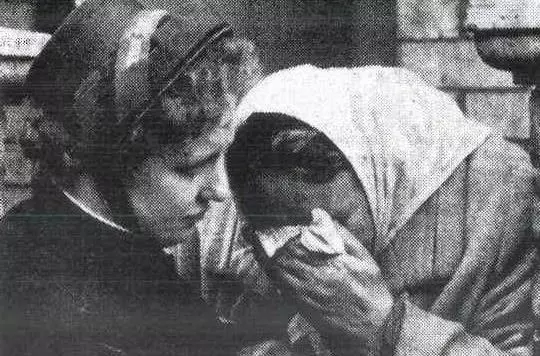
Women's History Month 2020: A Collaborative Approach
Each year Women’s History Month inspires a host of events from exhibitions and talks, to defiant marches and historic walks...
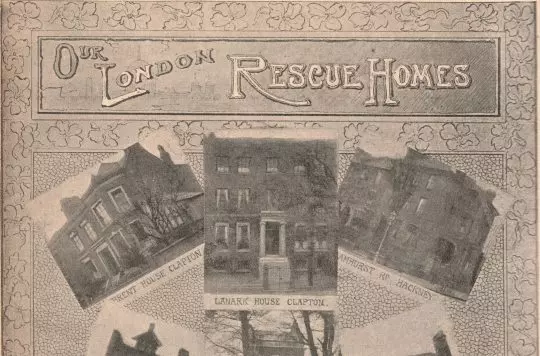
A closer look at The Salvation Army's London Rescue Homes
The Girls’ Statement Book VII is one of more than 120 volumes containing details of women and girls who passed through Salvation Army rescue homes...
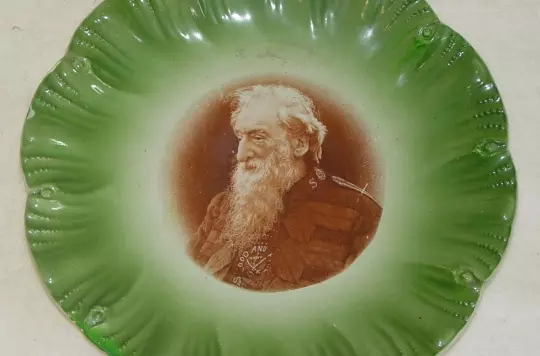
‘Eat like a Christian’: Vegetarianism in The Salvation Army’s Early History
It may seem surprising that vegetarian lifestyles began to gain popular recognition as early as the nineteenth century...
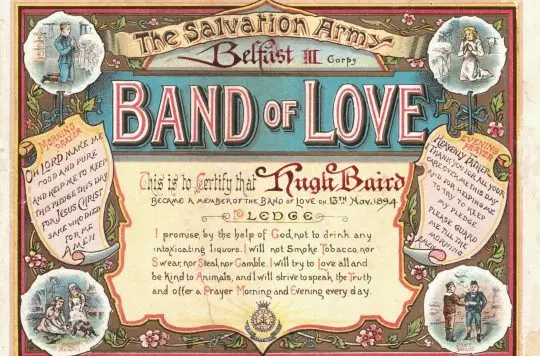
The Band of Love
The Salvation Army has been committed to temperance as part of its evangelical Christian mission since it was founded in the 1860s...